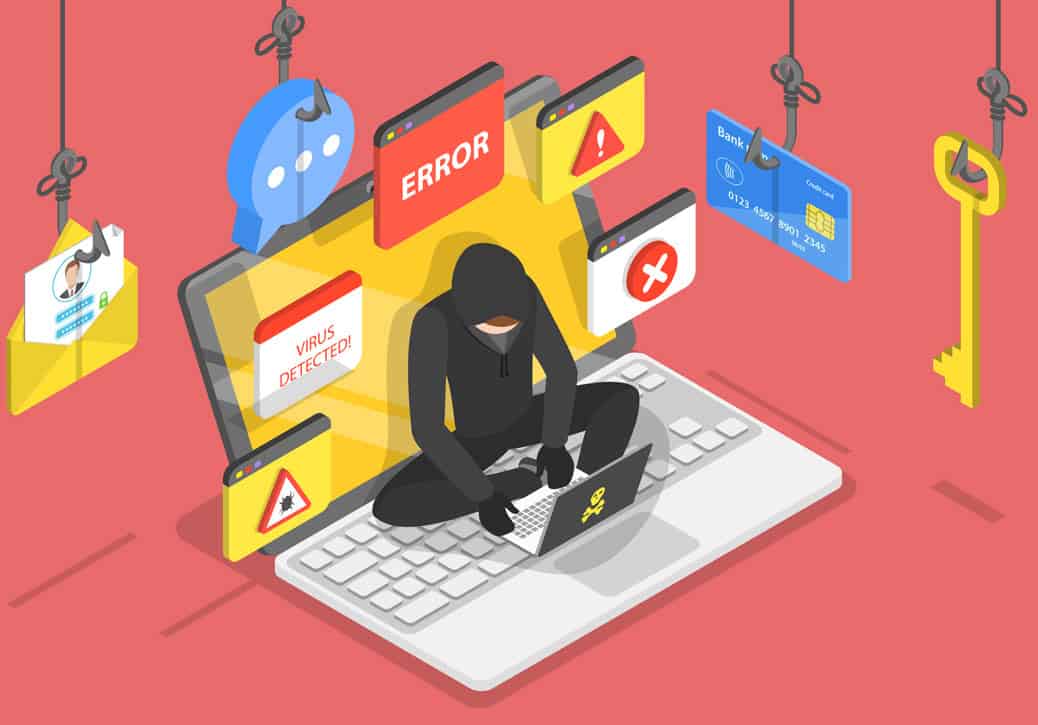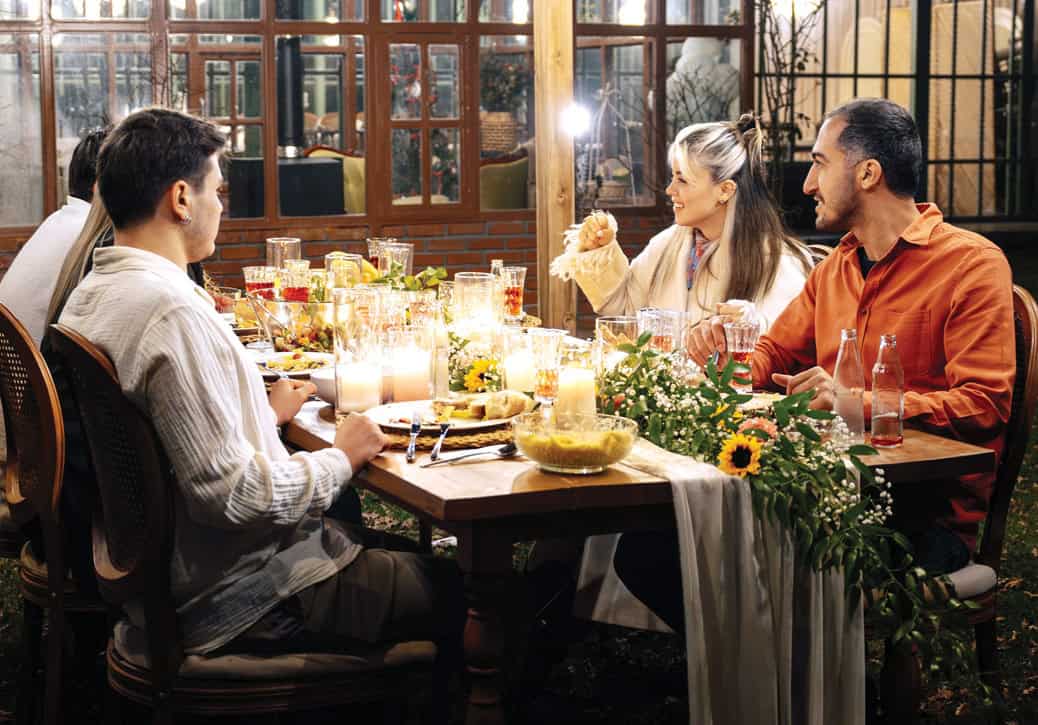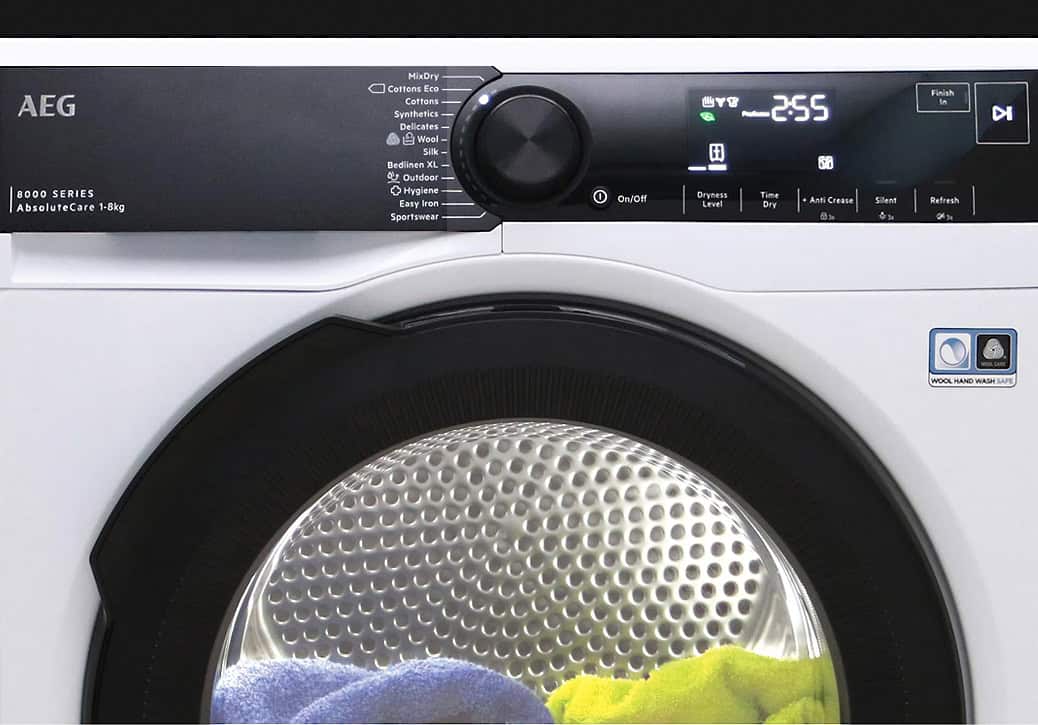Day to day wisdom to help you protect yourself
While it may be cheesy to summon Charles Dickens in 2024 in an article about the latest technology, it’s indeed relevant, especially given the next part of his famous quote: “it was the age of wisdom, it was the age of foolishness.” On the wise side, we’ve got supercomputers in our pockets, smart homes and cars that drive themselves and on the flipside you have “fools” (read criminals) that are looking to exploit your data, break into your home or steal the luxury car you drive.
Truth is… looking at some types of crime, it’s perhaps the worst of times. Car thefts are rampant, with automotive theft up 329 percent in Toronto alone last year, adding up to more than $700 million in losses, according to the Insurance Bureau of Canada. Reported home invasions increased by four per cent in 2022, says StatCan. While slightly down in 2023, on a national level, residential burglaries in many of Canada’s biggest cities have grown steadily in recent years. With the popularity of online shopping the spawning of another major annoyance: “porch pirates.” Packages left unattended are suddenly disappearing in record numbers. And, on the subject of cyber threats, Canada is ranked the 6th most breached country with nearly 5 million leaked accounts, according to cybersecurity company Surfshark, in their summer 2024 report. You get the idea.
Thankfully, with a little wise advice and the “right” technology, you can fight back and protect against those who would do you wrong.
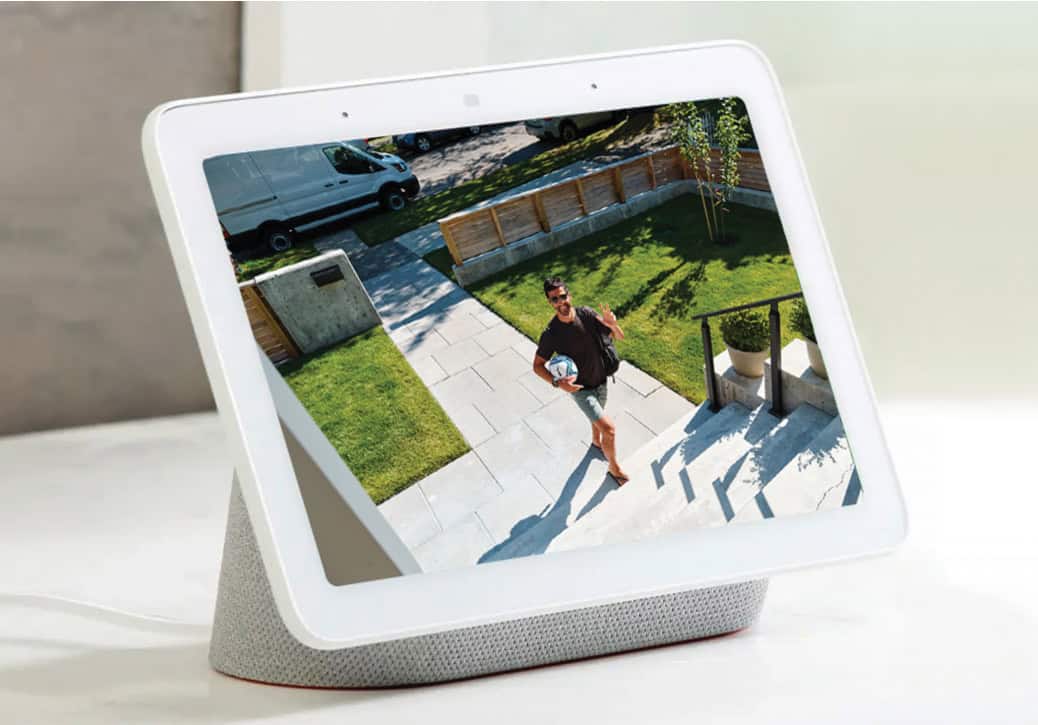
Safeguard your home
Surveillance cameras aren’t new, but today’s models enjoy better resolution, powerful night vision and real-time footage you can see on your phone. Archived videos can be shared and played back in the event of an incident. So the big question isn’t whether it’s time to amp up your home security, but rather, which features are most useful and worth investing in? Some thoughts:
• Home security cameras are sold individually or as part of a set. For example, you can find kits with 2, 3, 4, or more cameras to help you cover multiple areas in and around a home. If it’s a multiple camera system you need, you can go with static cameras that don’t move, or opt for few that have the ability to pan, tilt and zoom (“PTZ”) to help cover areas that would otherwise take multiple cameras to cover.
• Extra channels for additional cameras might provide covering a larger area in future. For example, it may not be much more to buy a 16-camera system when you might only need 8 cameras right now.
• Indoor or outdoor cameras (or both), based on which areas you’re monitoring. You might pay more for weatherproof outdoor cameras, which usually have a small dome on top to protect the lens. Outdoor cameras also serve as a deterrent, of course.
• Wired cameras are more reliable but they require you to fish cables through walls and floors. Power-over-ethernet (PoE) is a popular way to provide power and an internet connection. A wireless solution, usually over Wi-Fi, is more convenient, but still needs power from an AC outlet (or sometimes a built-in battery).
• PVR (personal video recorder) or NVR (network video recorder), both of which archive the footage to an external hard drive. Others record to a small SD card inside the camera and/or to a “cloud” service (online).
• Full HD (1080p resolution) at minimum but it’s better to go with 4K cameras for four times more resolution. Cameras with clear “night vision” are critical, too.
There’s a lot more you can do beyond protecting your home than just cameras, of course, including a monitored alarm system, deadbolts on exterior doors and glass break sensors near windows, a hidden safe with your valuables, and ensure all entrances to your home and garage are well-lit at night. Wise advice: In the event you need it, create a home inventory list of all your personal belongings and include photos and videos of your possessions for a police report and insurance claim.
Protecting packages
The last thing you want is your deliveries to be taken from your front porch or wherever else you requested when you checked out. Your packages are left with a concierge/security in the lobby, or if your home sits behind a tall gate you might be fine but for anyone else, consider the following suggestions:
1) Personal parcel box
In the era of online deliveries, perhaps your own lockable container is what you need. Brands like Danby, Yoobox and Vevor sell a family of solutions for parcel safety.
Starting at about $150, these weatherproof boxes can accept several medium or even large boxes (some up to 15 x 18 x 22 inches apiece), dropped into an anti-theft drop slot, which you’d open when you get home via a mechanical key, keypad, or your own padlock (based on the brand and model).
For extra protection, most boxes can be bolted to the ground or wall, chained to a railing, or weighted at the base with sand or gravel.
2) Smart Mailbox
If you want a high-tech mailbox, there’s the Danby Parcel Guard Smart Mailbox ($425), a Wi-Fi-connected unit with motion sensor, camera, two-way voice communication, smart home device integration (Google and Alexa), and alarm. Receive real-time notifications on your smartphone app when a courier is there.
To open the electronic lock to access parcels inside, use the keypad or the app. (Note: the Smart Mailbox requires a 120-volt power supply.)
Of course, these are ideal for regular mail, too, should you be one of the fortunate folks who still get letters delivered right to your house.
3) Video doorbells
While they can’t stop a thief from pilfering, video doorbells and other outdoor cameras can act as a deterrent and deliver clear evidence of incidents. Relatively inexpensive, they let you see who is at your front door—whether you’re home or not—and talk with visitors via the integrated microphone and speaker (whomever you’re chatting with won’t even know if you’re not at home).There are several options:
Starting at about $69, Amazon’s Ring is likely the most popular brand in Canada. They’re easy to install, work well, and have a battery that lasts a long time between charges. Know that for many of these doorbells (from Ring, Blink, or Google Nest), it’s free to talk with a visitor live through the app (or a compatible smart display or television), in real-time, but you’ll need to pay to access previously recorded videos in the “cloud” (stored on the company’s servers). That is, to review what you missed a few hours or days earlier, and access other features (like sharing videos and photos), you’ll need a plan that costs a few dollars a month.
Good news: some brands let you record onto local microSD cards and do not require a monthly plan.
4) Deliver to another location
Have packages delivered to a nearby post office or private companies that offer PO boxes or pick up services. Penguin Pickup offers a number of services and Canada Post offers a range of post office box sizes to hold your mail and packages safely at a nearby facility. Choose the size you want and your desired rental period. The downside, of course, is that you need to make an extra stop for pick up.
If your boss doesn’t mind, get direct deliveries to your place of business during working hours.
5) Stop car thieves
There are high and low tech solutions can help reduce the risk of your vehicle being stolen from the driveway.
Aside from always locking your vehicle’s doors and windows after entering and exiting it, the following are a handful of simple prevention tips:
Out of sight, out of mind: If you’ve got one, a locked garage creates a physical barrier between your car and the thieves who want it. If you own a less expensive car, as well, park it behind the more valuable one.
Signal blocking: Modern key fobs with keyless entry are convenient, but they can also be susceptible to hacking. Invest in a signal-blocking fob device (a “Faraday” box or pouch) to prevent unauthorized cellular access to your key fob’s signal when it’s inside. Keep it away from your front door, too, to mitigate the risk.
Alarms: Even when you’re not at home, a visible and audible car alarm is a great deterrent to a would-be thief. And so is a visible steering wheel lock and wheels locks. While they’re not impenetrable, they’re going to add time the criminals don’t want to spend.

Bright lights with motion sensors: Surround your vehicle with high-quality security cameras with night vision to illuminate and record suspicious activity. It acts as a deterrent, too.
Lock or immobilize: Your onboard diagnostic port cam be locked using a simple device (that can be purchased online) that blocks access to thieves ability to reprogram the vehicle’s key fob. Or consider installing an aftermarket car immobilizer to prevent the engine from starting without a specific key or code. These both add another layer of security to your car’s defenses.
GPS Tracker: Alternatively, invest in an aftermarket global positioning system (GPS) tracker as it may assist in recovery of the vehicle if it’s stolen. Always work with the authorities to retrieve a vehicle you may see on a map instead of putting yourself in a potentially dangerous situation.
Don’t leave valuables in plain sight: While it’s easy to forget, avoid leaving a laptop, pricey sunglasses, or backpacks in the front or back seat to tempt anyone.
• Dashcams: Many of today’s dashboard cameras have a “parking mode” that start recording video around (and sometimes inside) the vehicle when motion or sound is detected—and many can push a notification to your phone while you’re, say, inside a restaurant or shopping mall. Some have a two-way voice feature, allowing you to tell the crooks the cops are on their way.
For the past 25 years, Marc Saltzman has been a recognized expert in consumer electronics, business tech, and automotive trends. Marc is a keynote speaker across North America and hosts the weekly Tech It Out podcast. You can follow Marc on X @ marc_saltzman.
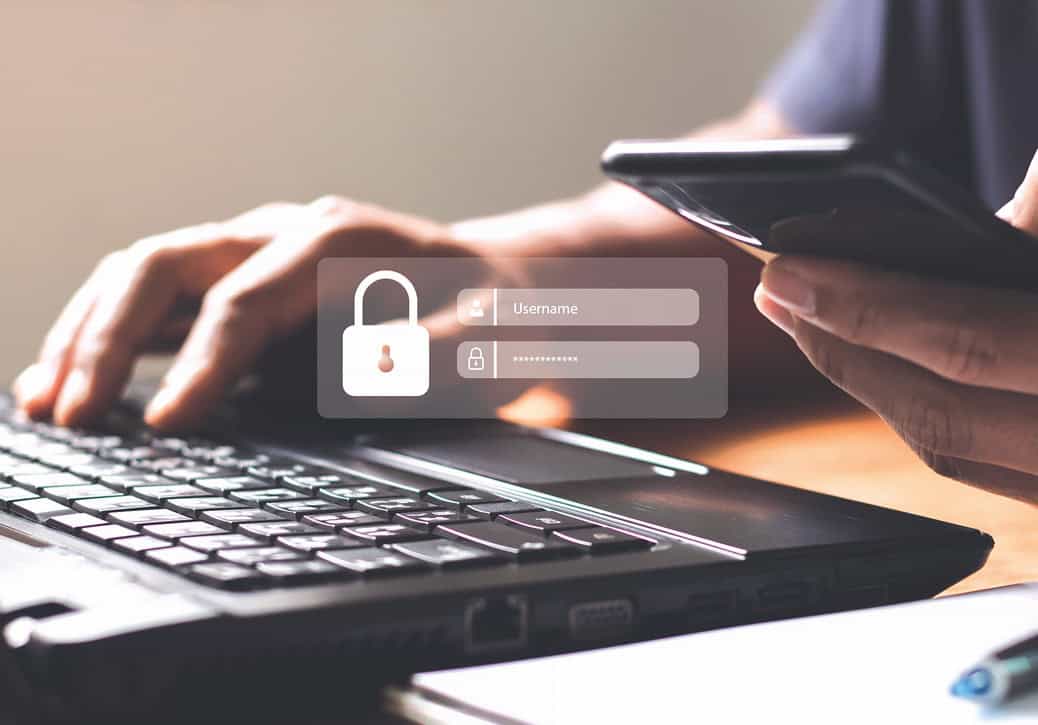
Shield your data, too
It’s not just physical items today’s scammers and criminals want. Your data can also be incredibly valuable. It’s not only your personal accounts they’re after but by hacking into big companies to get at your info they can also targeting you directly. A few thoughts:
Common sense
Exercise common sense when reading emails and text messages. No respectful company will ask you to urgently confirm your identity by filling out forms. Never click on suspicious attachments or links. Don’t trust anyone calling you that claims to be from your bank or credit card issuer, the CRA, Microsoft, your ISP, and so on. When in doubt, contact the company—like your bank—to ask if it really was them. Chances are, it wasn’t. (And use a phone number you already have for them or look it up outside of any number provided inside the message you received). Review your bank and credit card statement regularly.
Resist free public Wi-Fi
You’re more likely to be hacked in public than when browsing on a secure connection at home. Use your smartphone as a personal hotspot instead. When shopping online, stick with reputable retailers and before you type in your credit card look for indicators that the site is secure, such as a little lock icon on the browser’s status bar or a URL for a website that begins “https:” (the “s” stands for “secure”).
Strong passwords
Remember to have a strong password for all your accounts, which is at least seven characters long and a combination of letters, numbers and symbols (bonus points for adding upper and lowercase characters). Never use the same password for all your online activity, because if a site or app is breached, then the crooks have access to all your accounts. Password manager apps, like Dashlane and LastPass, aren’t a bad idea. For online banking and shopping apps, opt for “multifactor authentication,” which not only requires your password to log in, but also a one-time code sent to your mobile device, to prove it’s really you.
Other tips
Use the “private” or “incognito” mode of your browser, which deletes your history and cookies after your session. Better yet, consider a Virtual Private Network (VPN) app to remain anonymous when online.
Make sure you lock your mobile device, in case it’s stolen or lost, by adding a PIN, password or biometrics option (like fingerprint or facial scan). Set up the “Find my phone” feature, which lets you remotely wipe your phone’s data clean if lost or stolen, and see where you left it on a map (when logged into another device with the same login credentials). If it’s stolen, never try to retrieve it on your own—instead, contact the authorities.
Install and update reputable antimalware on all your devices, which can identify, quarantine, delete, and report any suspicious activity. The most robust software offers a suite of services, including a firewall and encryption options.
Finally, set up automatic updates on all your tech, including your operating system, browser, plug-ins, and other software. You only need to do this once. For software that doesn’t allow for automatic updates, check them regularly.

